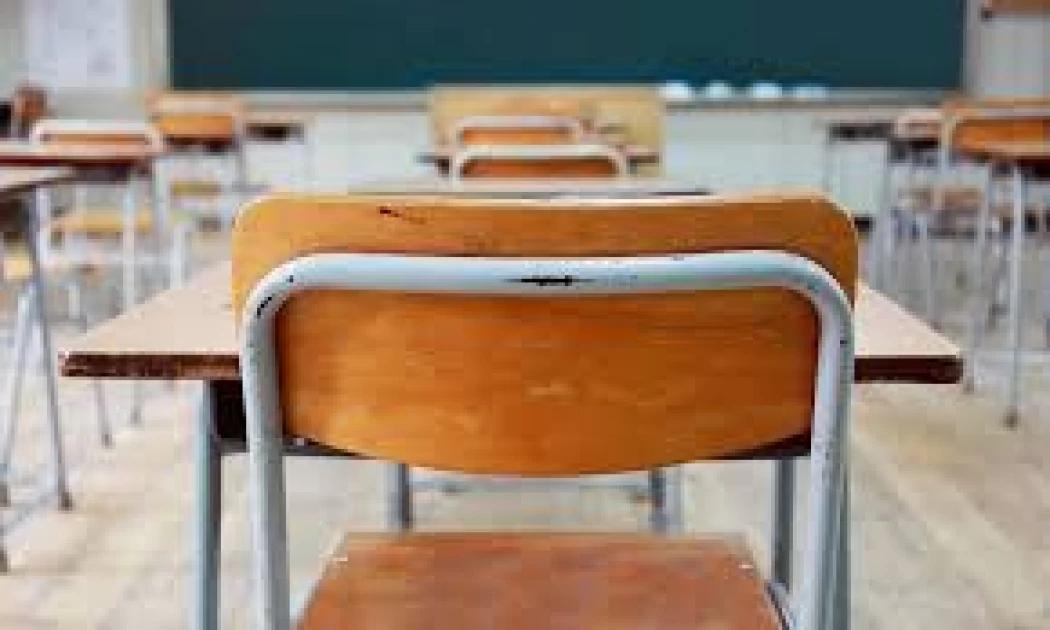Most schools in Kenya are operating without crucial insurance protection, leaving students, teachers, and property highly vulnerable, a new report by the Association of Kenya Insurers (AKI) has revealed.
According to the findings, more than 85 per cent of primary and secondary schools lack non-motor insurance cover, exposing millions to financial and personal risk in the event of fires, accidents, or other disasters.
The report highlights that out of 46,322 schools registered nationwide by the end of 2023, only 6,784 had any form of insurance, representing just 14.6 per cent.
Among the insured schools, 2,018 are primary schools (29.75 per cent), 3,422 are secondary schools (50.44 per cent), while 1,344 schools could not be categorised due to incomplete insurer data.
The remaining 39,538 schools are completely uninsured, leaving them dependent on parents or government assistance should disaster strike.
This gap in coverage comes amid recurring tragedies in schools, including fires that have destroyed property and claimed lives. Between January and September last year, the Ministry of Education recorded 107 fire incidents in schools, culminating in the devastating fire at Hill Side Endarasha Academy in Nyeri that killed 21 students and injured dozens.
On a single day in September, at least ten schools across Rift Valley, Eastern, and Central regions reported fires, prompting a government-mandated safety audit that declared 348 boarding schools unsafe.
Despite the availability of tailored insurance solutions, uptake remains low.
The AKI report shows that of the 215 non-motor insurance mentions recorded across insurers, only a few critical policies are in use, including fire and perils (32), group or student personal accident (29), WIBA (27), burglary/theft (27), all risks (20), and public liability (18).
Other coverages such as fidelity guarantee, political violence, machinery breakdown, and electronic equipment are less commonly adopted.
AKI points to several reasons behind the low insurance coverage. Many schools lack basic safety infrastructure such as fire extinguishers, perimeter walls, emergency exits, and proper asset registers.
“This leaves most schools, their students and their staff vulnerable to financial ruin in the event of a disaster,” the report notes. Poor record-keeping, especially in rural schools, and limited awareness of insurance benefits further complicate efforts to secure coverage.
“There is a common and dangerous assumption that in the event of a crisis, the government or parents will bear the cost of rebuilding,” the AKI report states.
Public schools, in particular, face budget constraints, often prioritising immediate operational costs such as salaries and infrastructure over insurance.
The lack of mandatory regulatory requirements from the Ministry of Education also contributes to the problem, despite existing safety guidelines such as the 2000 Safety Manual.
To address these challenges, AKI is calling for a collaborative strategy with the Ministry of Education.
Recommendations include awareness campaigns, simplified and bundled insurance products combining fire, personal accident, and liability coverage, digital platforms to reach remote schools, and improved risk audits.
The report emphasizes that without such measures, most Kenyan schools remain dangerously exposed, one disaster away from total devastation.

